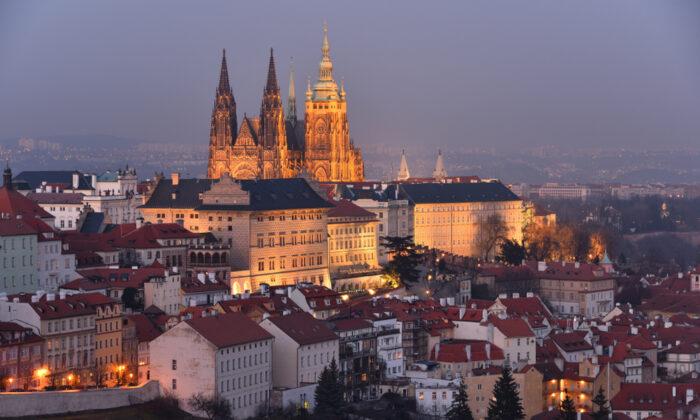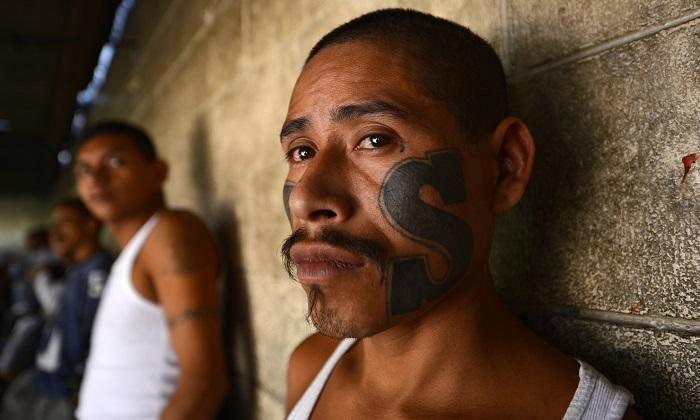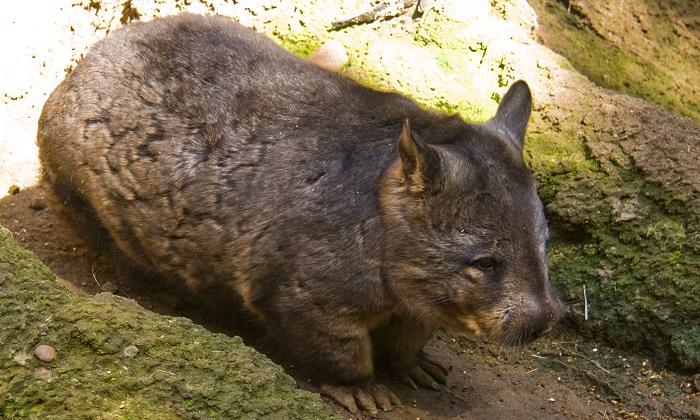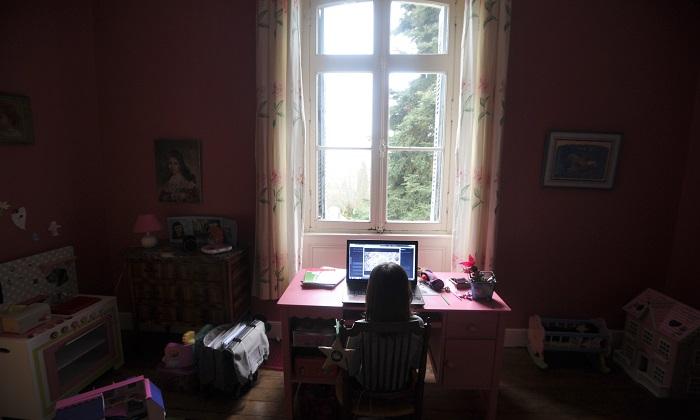BANGKOK—A faded image of Chinese Nationalist Party or Kuomintang (KMT) cofounder Sun Yat-sen hangs in the kitchen of Mr. Cao Wen Biao’s small house situated in the hills of northern Thailand.
It is now 60 years since Cao fled southern China to avoid the communist campaigns that targeted those who had private property, savings, or land. “It was a terrifying time,” he said.
It is now 60 years since Cao fled southern China to avoid the communist campaigns that targeted those who had private property, savings, or land. “It was a terrifying time,” he said.
Along with thousands of refugees from China’s southern province of Yunnan, he and his father crossed into neighboring Burma where they would join elements of Chiang Kai-shek’s defeated KMT army.
While these Nationalist soldiers were regrouping to continue their fight against Mao’s People’s Liberation Army, the newly independent Burmese were pressured by the Chinese Communist Party to expel them from their territory. With the KMT’s refusal, the Burmese military attempted in mid-1950 to drive them out, but were beaten back by desperate KMT soldiers.
Following the Chinese red army’s involvement in the Korean War that same year, KMT-ruled Taiwan and the United States saw an opportunity to use the Burma-based KMT to attack southern China and began supplying them with weapons by early 1951.
Cao had been made an officer by the time 1,000 KMT soldiers conducted their first counterattack into southern China. This attack lasted two months, but they were unable to hold any territory and half of them were killed. Eventually they were forced back to their base in northern Burma.
In August 1952, over 2,000 KMT troops again invaded southern China, but were beaten back.
Under renewed pressure from the Chinese communists, the Burmese sent in 10,000 troops against the KMT in early 1953. After a month of bitter fighting the Burmese offensive failed, but the KMT were exhausted.
“We had to fight. There was nowhere else for us to go. We repeatedly told the Burmese government that we did not want to occupy the area and we only need the land as temporary shelter,” Cao said. “But Burma’s army continued to fight with us and also had help from the Chinese communists.”
“Later, we had to retreat, and some returned to Taiwan. The first retreat was in 1954. The second was at the time after Burma complained about our presence to the United Nations,” he said.
“Sadly, our boss [Taiwan] later refused to recognize our troops,” Cao said.
He still considers himself a loyal Kuomintang member, despite the KMT government in Taiwan abandoning them.
“Without any supplies, we had to rely on ourselves by being escorts for smuggling caravans to raise funds,” he said.
In order to finance their wars against the Chinese communists and Burmese, the KMT troops resorted to the production and trade of opium. When asked whether his troops were involved in the narcotics trade, Cao said,“Drug dealing was done by both businessmen and some of the soldiers.”
Following one last battle against the Burmese army who were supported by a large number of Chinese troops, the KMT forces retreated and settled in the border regions of northern Thailand in 1961. Here they were considered the soldiers of Division 93, also known as the “lost army.” Their fighting days however continued and as mercenaries they fought against communist insurgencies in both Thailand and Laos.
“We had the same wishes of the people in Thailand to fight the communists,” said Cao. Unknown to him at the time, his family back in China were targeted during the Cultural Revolution (1965-1975) and his mother was tortured.
The fighting by the lost army in Thailand was critical in the defeat of the communist insurgency there and for their efforts, the soldiers and their families were granted Thai citizenship in 1981.
Nearly 1,000 KMT soldiers died in service to Thailand and Cao said King Bhumibol Adulyadej, the revered Thai monarch, visited the KMT wounded.
Thai authorities assisted KMT soldiers with programs to help them step away from the opium trade. Today, where opium poppies once grew, the descendants of the KMT soldiers now grow oolong tea. And what was once the Thai part of an area infamously known as the Golden Triangle, is now a popular spot for tourists.
While these Nationalist soldiers were regrouping to continue their fight against Mao’s People’s Liberation Army, the newly independent Burmese were pressured by the Chinese Communist Party to expel them from their territory. With the KMT’s refusal, the Burmese military attempted in mid-1950 to drive them out, but were beaten back by desperate KMT soldiers.
Following the Chinese red army’s involvement in the Korean War that same year, KMT-ruled Taiwan and the United States saw an opportunity to use the Burma-based KMT to attack southern China and began supplying them with weapons by early 1951.
Cao had been made an officer by the time 1,000 KMT soldiers conducted their first counterattack into southern China. This attack lasted two months, but they were unable to hold any territory and half of them were killed. Eventually they were forced back to their base in northern Burma.
In August 1952, over 2,000 KMT troops again invaded southern China, but were beaten back.
Under renewed pressure from the Chinese communists, the Burmese sent in 10,000 troops against the KMT in early 1953. After a month of bitter fighting the Burmese offensive failed, but the KMT were exhausted.
“We had to fight. There was nowhere else for us to go. We repeatedly told the Burmese government that we did not want to occupy the area and we only need the land as temporary shelter,” Cao said. “But Burma’s army continued to fight with us and also had help from the Chinese communists.”
“Later, we had to retreat, and some returned to Taiwan. The first retreat was in 1954. The second was at the time after Burma complained about our presence to the United Nations,” he said.
“Sadly, our boss [Taiwan] later refused to recognize our troops,” Cao said.
He still considers himself a loyal Kuomintang member, despite the KMT government in Taiwan abandoning them.
“Without any supplies, we had to rely on ourselves by being escorts for smuggling caravans to raise funds,” he said.
In order to finance their wars against the Chinese communists and Burmese, the KMT troops resorted to the production and trade of opium. When asked whether his troops were involved in the narcotics trade, Cao said,“Drug dealing was done by both businessmen and some of the soldiers.”
Following one last battle against the Burmese army who were supported by a large number of Chinese troops, the KMT forces retreated and settled in the border regions of northern Thailand in 1961. Here they were considered the soldiers of Division 93, also known as the “lost army.” Their fighting days however continued and as mercenaries they fought against communist insurgencies in both Thailand and Laos.
“We had the same wishes of the people in Thailand to fight the communists,” said Cao. Unknown to him at the time, his family back in China were targeted during the Cultural Revolution (1965-1975) and his mother was tortured.
The fighting by the lost army in Thailand was critical in the defeat of the communist insurgency there and for their efforts, the soldiers and their families were granted Thai citizenship in 1981.
Nearly 1,000 KMT soldiers died in service to Thailand and Cao said King Bhumibol Adulyadej, the revered Thai monarch, visited the KMT wounded.
Thai authorities assisted KMT soldiers with programs to help them step away from the opium trade. Today, where opium poppies once grew, the descendants of the KMT soldiers now grow oolong tea. And what was once the Thai part of an area infamously known as the Golden Triangle, is now a popular spot for tourists.



